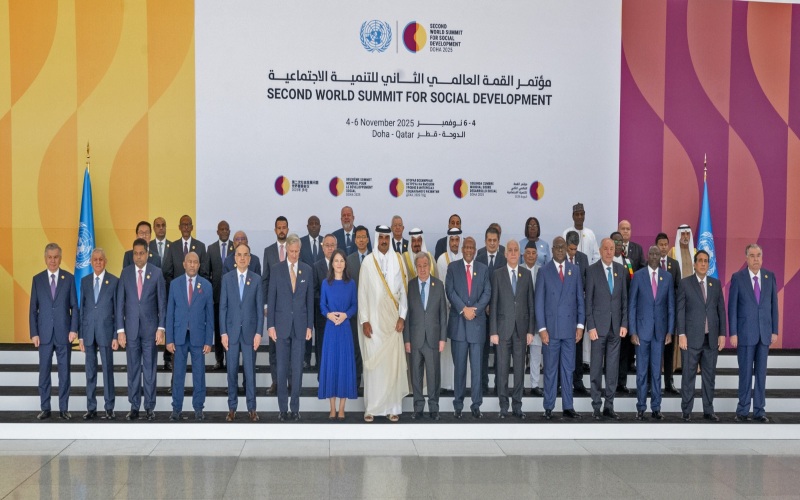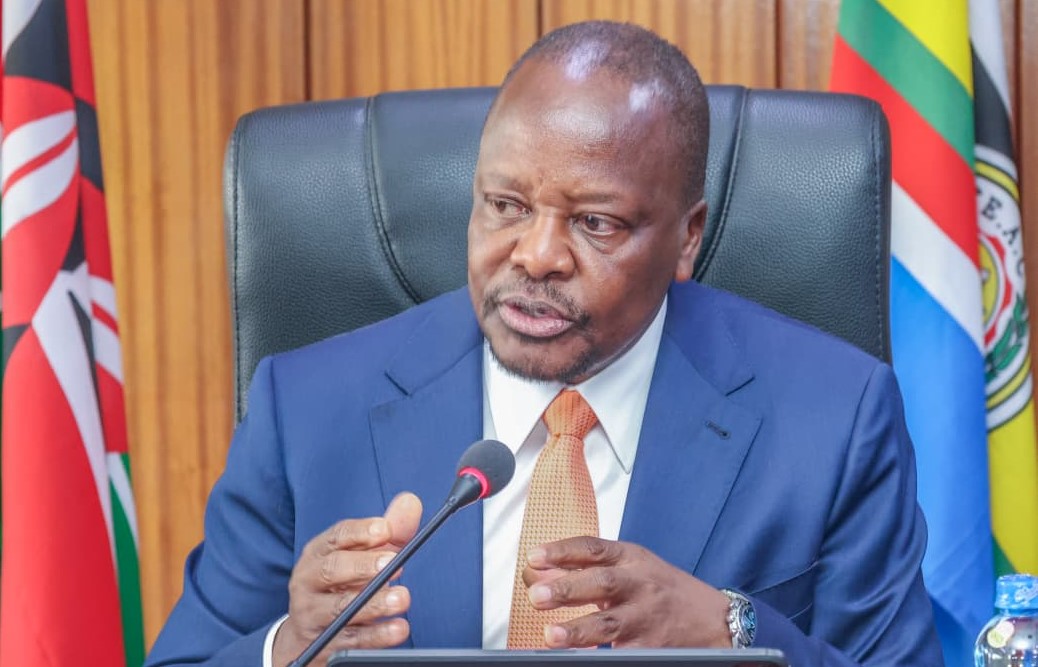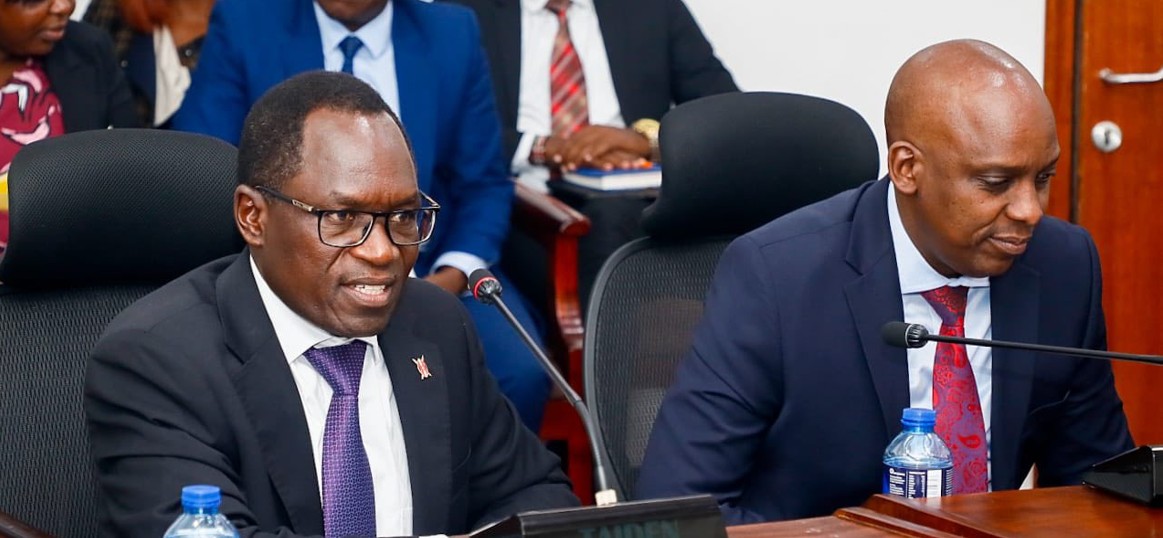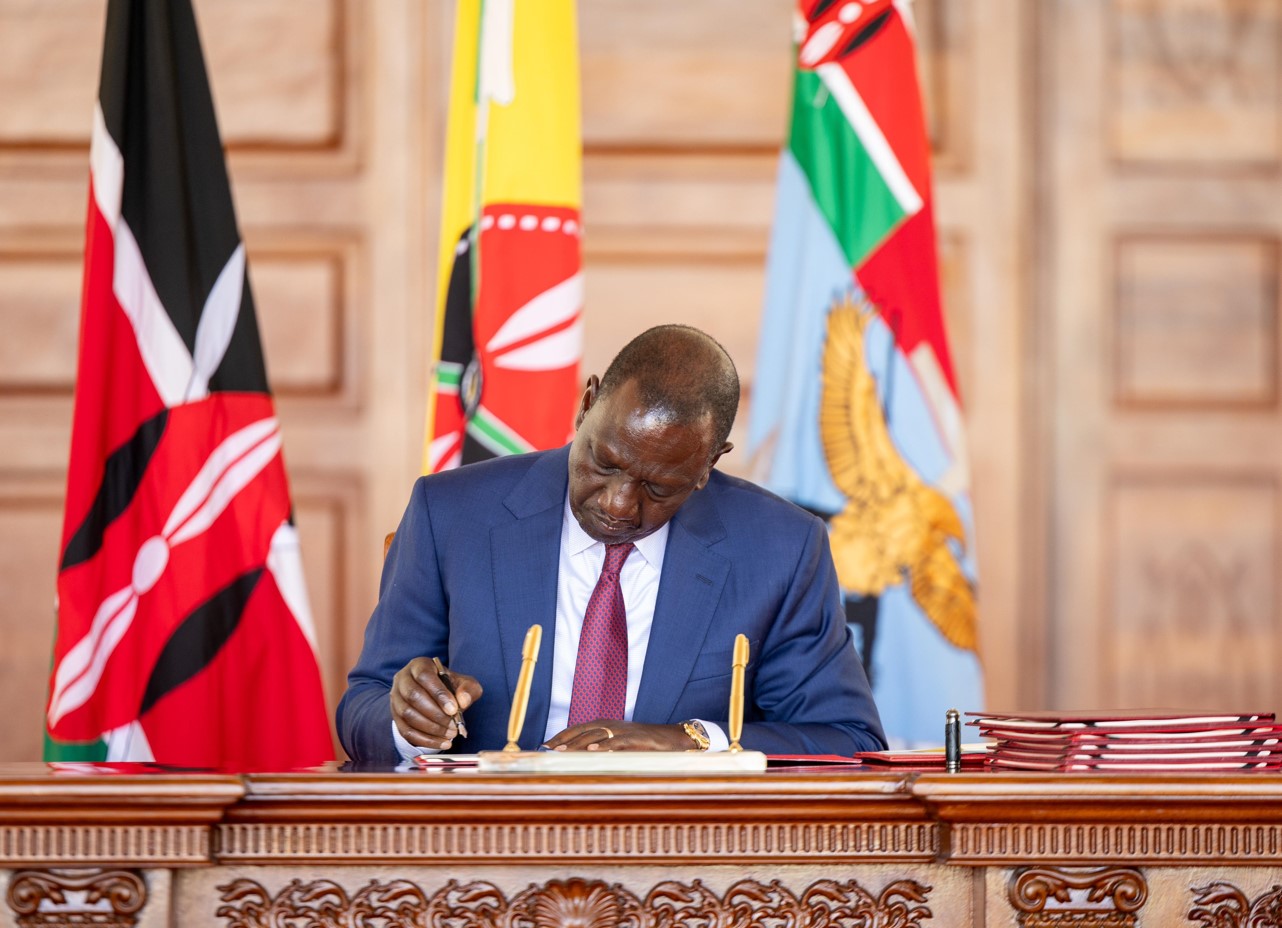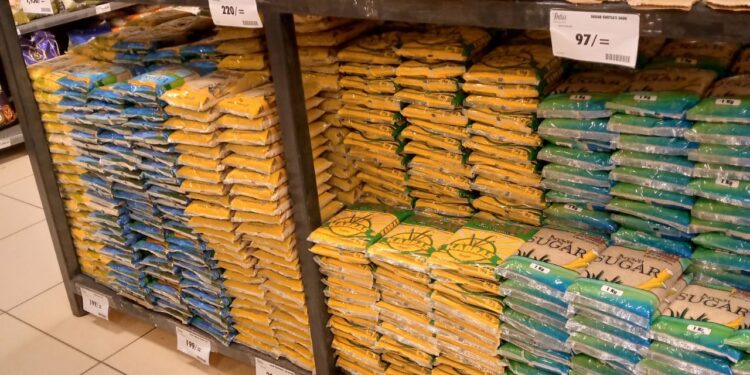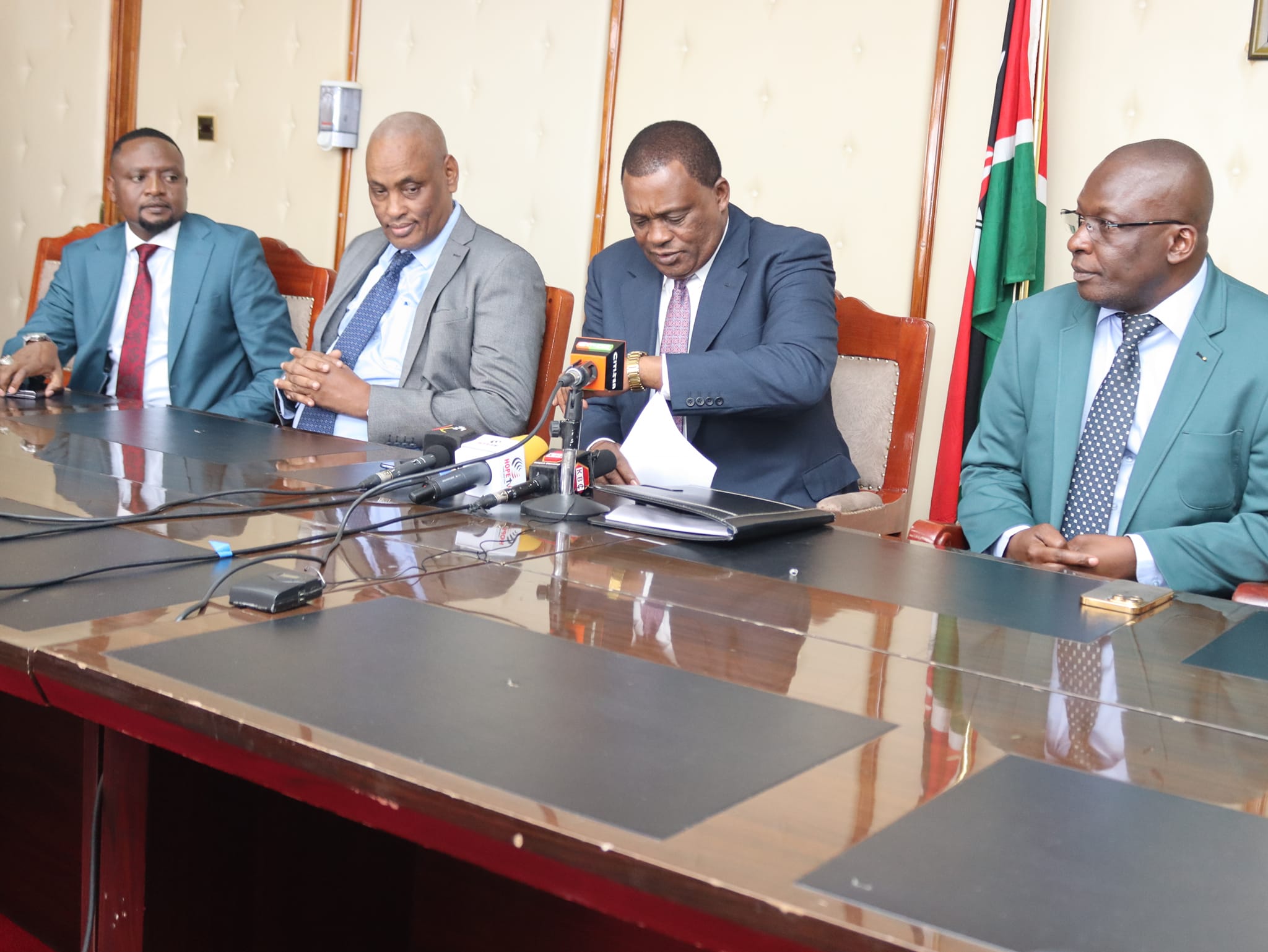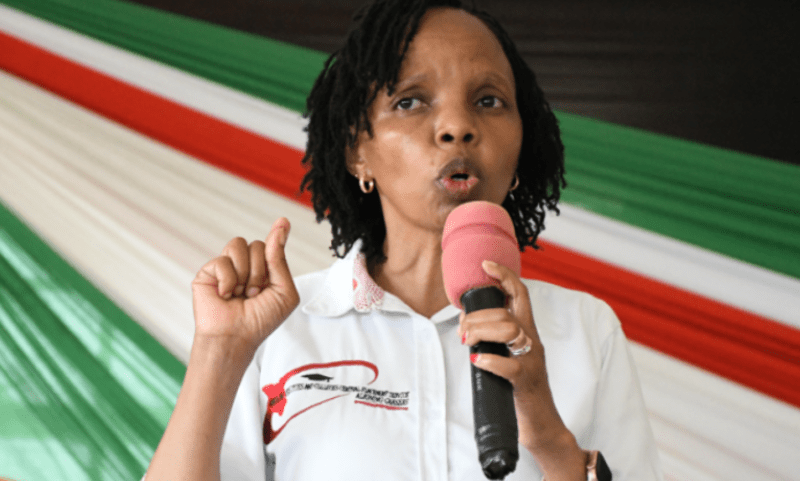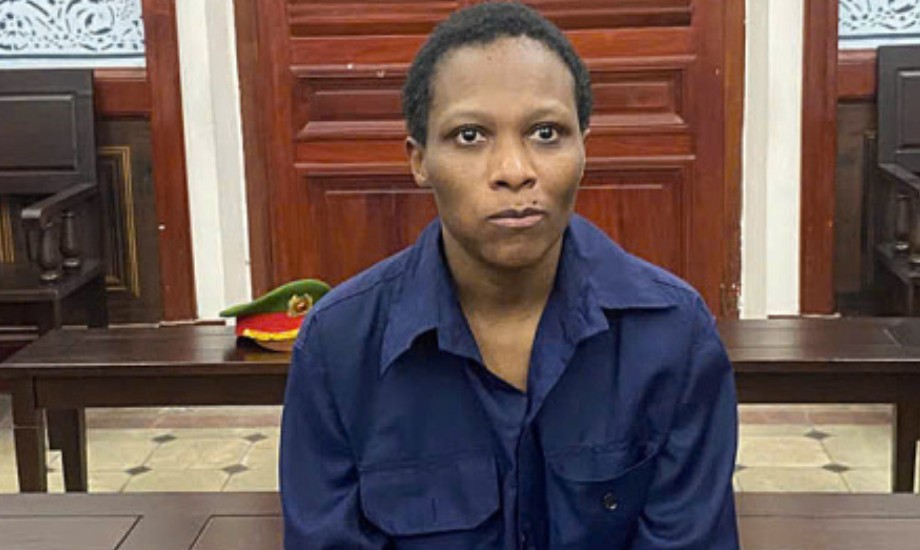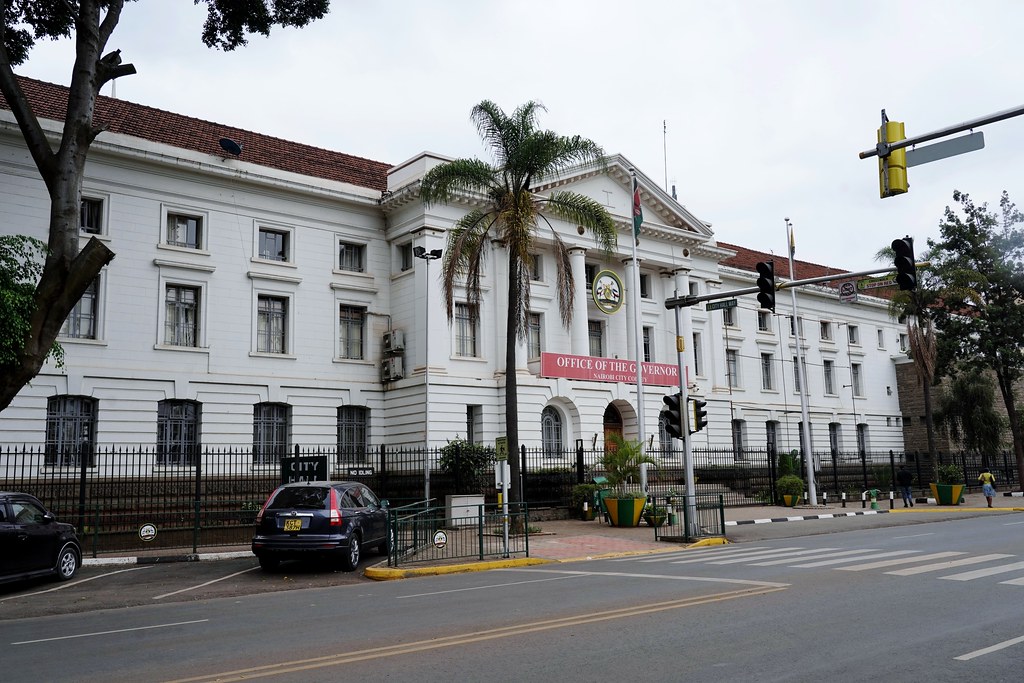How inflation indicators shape economic and monetary policies
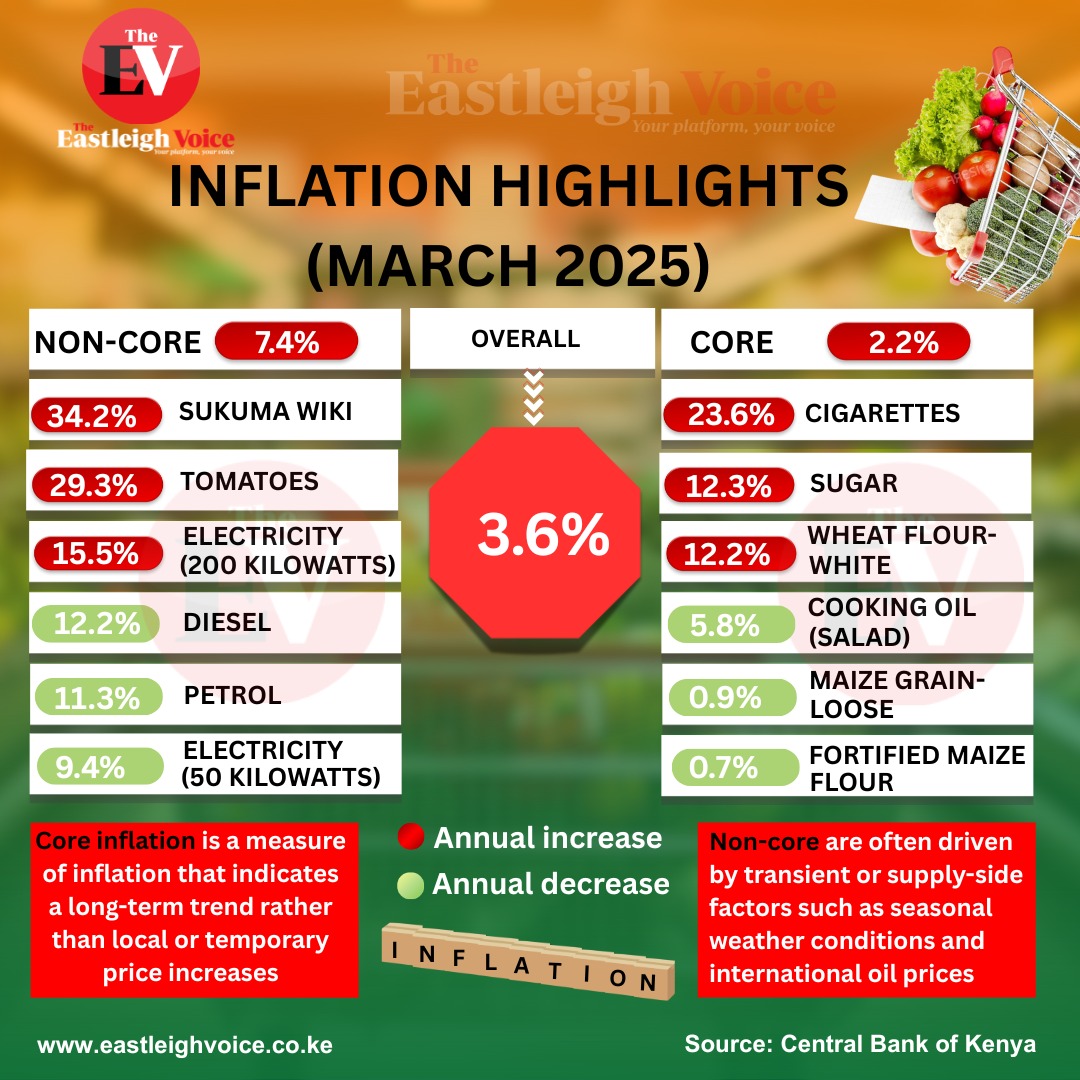
Inflation is a key economic indicator that influences both government policy and individual financial well-being. In Kenya, inflation rates guide economic and monetary policies by shaping decisions on interest rates, taxation, public spending, and currency stability. Understanding how inflation indicators influence these policies provides insight into how the government and central bank manage economic stability and growth.

More To Read
- Kenya’s economic activity set for strong year-end boost, says CBK
- Kenyans to access cheaper loans as CBK cuts lending rate to 9.25 per cent
- Rising food prices drive Kenya’s inflation to 4.6 per cent in September
- Millions of Kenyans facing financial hardship as cost of living outpaces wages – report
- Food, transport costs drive Kenya’s inflation up to 4.5 per cent in August
- Kenya's inflation climbs to 4.1 per cent amid fluctuating food prices, fuel costs
Key Inflation Indicators in Kenya
Several indicators help measure and track inflation in Kenya:
Consumer Price Index (CPI): Measures the average change in prices of goods and services over time, reflecting the cost of living.
Producer Price Index (PPI): Tracks price changes at the production level, indicating future consumer price trends.
Core Inflation: Excludes volatile food and energy prices, providing a more stable measure of underlying inflation trends.
Exchange Rate Movements: Fluctuations in the value of the Kenyan Shilling affect import and export prices, impacting inflation.
Money Supply (M3): The total amount of money circulating in the economy influences purchasing power and price levels.
Impact on Economic Policies
1. Fiscal Policy Adjustments:
a. High inflation may lead to reduced public spending or increased taxation to curb excess demand.
b. In times of low inflation, the government may increase spending on infrastructure and social programs to stimulate economic activity.
2. Price and Wage Controls:
a. Persistent inflation can prompt wage increases, but such increases may lead to a wage-price spiral, further fuelling inflation.
b. Subsidies on essential goods (such as fuel and maize flour) may be introduced to protect consumers from rising costs.
3. Exchange Rate Policy:
a. If inflation is driven by imported goods, the government may intervene in the foreign exchange market to stabilise the shilling.
b. A weaker shilling makes imports more expensive, worsening inflation, while a stronger shilling can reduce inflationary pressures.
Impact on Monetary Policy
1. Interest Rate Adjustments (CBR):
a. The Central Bank of Kenya (CBK) uses the Central Bank Rate (CBR) to control inflation.
b. When inflation rises, CBK increases interest rates to reduce money supply and slow down price increases.
c. In periods of low inflation, interest rates may be lowered to encourage borrowing and investment.
2. Open Market Operations:
a. CBK buys or sells government securities to regulate liquidity and control inflationary pressures.
b. Selling securities absorbs excess money, reducing inflation, while buying securities injects liquidity to boost economic activity.
3. Reserve Requirements for Banks:
a. CBK may increase the minimum reserves that commercial banks must hold, limiting lending and reducing inflation.
b. Lowering reserve requirements increases money supply, encouraging borrowing and investment.
Top Stories Today



